Description
The Electricity & Energy Bundle includes five resources to help students better understand these themes including two titles from Learning About Science, Level 4 that explore electricity, circuits, safety, forces, and motion through engaging and informative text, a multitude of illustrations, vocabulary practice, and a review. Also included in this bundle is the Story of Energy that shares the history of electricity and natural gas use in the United States. Draw and Explore Science: Electricity combines art and science, and Natural Resources & Energy Terminology & Copywork helps students learn the terminology of natural resources by copying 20 keywords and their definitions. See a preview of each title at the links below.
Electricity, Circuits & Safety-Learning About Science, Level 4: Beginning with a short history of the study of electricity, this book explores what electricity is, how static electricity works, what a circuit needs, the difference between an open and closed circuit, how a series and a parallel circuit work, how electricity is measured, the differences between several popular types of light bulbs, how electricity is generated, and how it is transmitted. It concludes with some safety tips for families when dealing with electricity. A multitude of illustrations make these concepts accessible and easier to understand. At the end of the unit, students can review 33 vocabulary words, label open and closed circuits, and enjoy a review activity. Students can also personalize the book by coloring the illustrations if desired. Answer keys are provided. 26 pages total. Please note: this book is not an instructional guide to building circuits or working with electricity. It is meant only to explain concepts and principles related to electricity.
Forces and Motion-Learning About Science, Level 4: In this physical science unit, students are introduced to Newton’s laws of motion, including the law of inertia. It looks at friction, lubrication, mass, acceleration, and gravity. It also looks at how magnets work, the force of magnetism, types of magnets, magnetic fields, the Earth’s magnetic field, and electromagnetism. A multitude of illustrations make these concepts accessible and easier to understand.
At the end of the unit, students can review 12 vocabulary words, label magnets and magnetic fields, and enjoy a review activity. Students can also personalize the book by coloring the illustrations if desired. Answer keys are provided. 21 pages total.
Story of Energy: How would you like to take a fun and interesting look at The Story of Energy? This unit explores the discovery of electricity and natural gas, the long road to distributing it, and the deregulation of the phone system and energy. In addition, there is a bonus section on vocabulary, an energy timeline for easy reference, and the chance to practice what you’ve learned with a review quiz. An answer key is included.
Draw and Explore Science: Electricity: The Draw and Explore Science series is a great way to combine art and science. A short description of ten different terms related to electricity is given. Each is followed by a related image on a grid. Next, students can do one or all of the assignments that follow. They can draw half of the image in a grid that shows the left half of the picture, half of the image in a grid that shows the right half of the picture, or the entire image on an empty grid. This makes the unit completely flexible for both left-handed and right-handed students. Ten review questions and an answer key are also included. Terms studied include battery, circuit, closed circuit, open circuit, open switch, closed switch, circuit breaker, fuse, series circuit, and parallel circuit. 31 pages total.
Natural Resources & Energy Terminology & Copywork: Help students learn the terminology of natural resources with this copywork. Students copy 20 keywords and their definitions. Each copywork page also includes a border with geometric patterns that students can color and use to design patterns if they wish. Keywords covered are coal, copper, gas, natural resources, petroleum, phosphorus, potassium, sunshine, trees, water, wind, biofuel, ethanol, fossil fuels, geothermal power, hydroelectric power, nuclear power, solar power, tidal power, and wind turbines. Twenty-five pages total. Available in print and cursive handwriting versions.

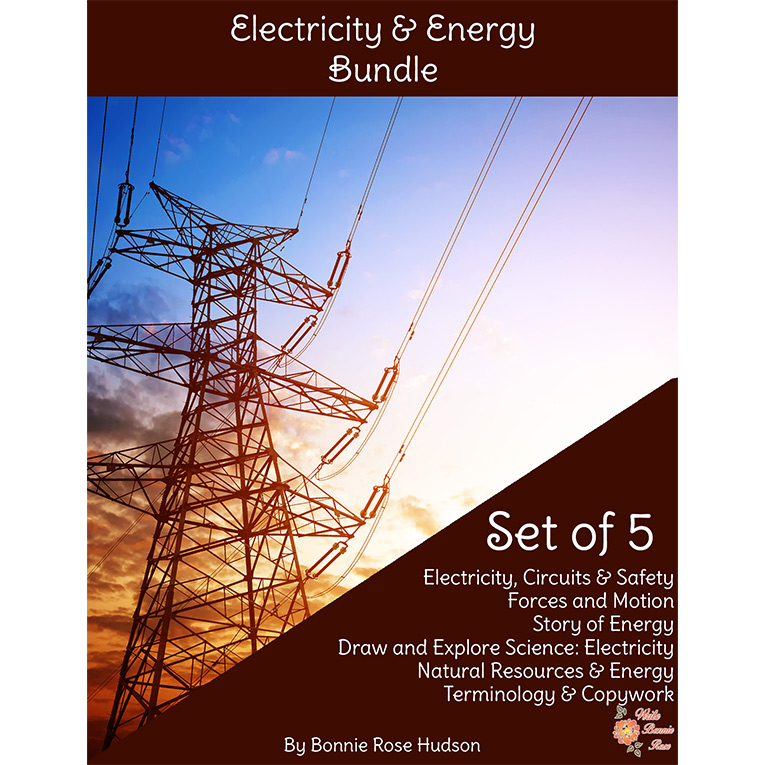



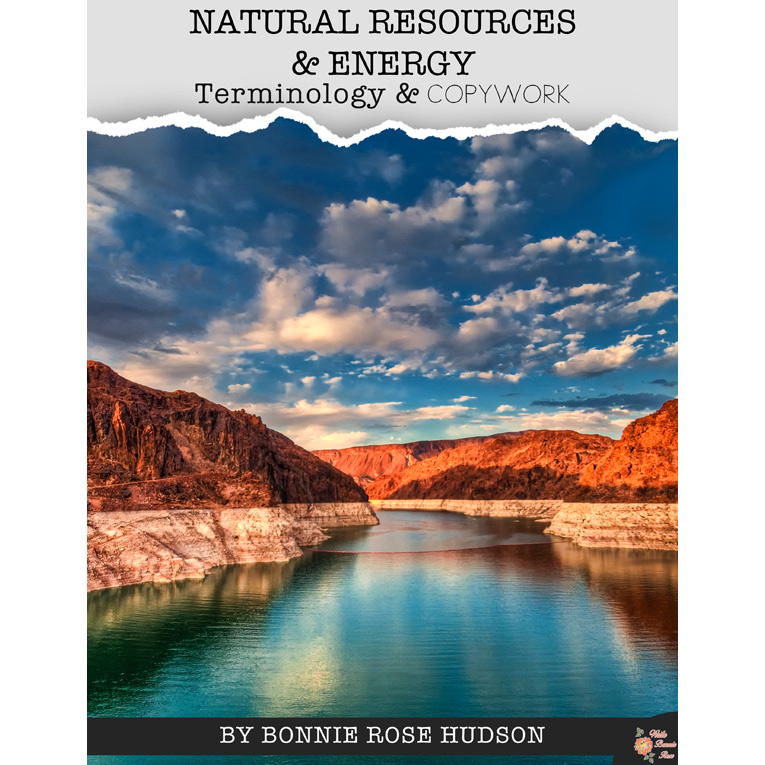
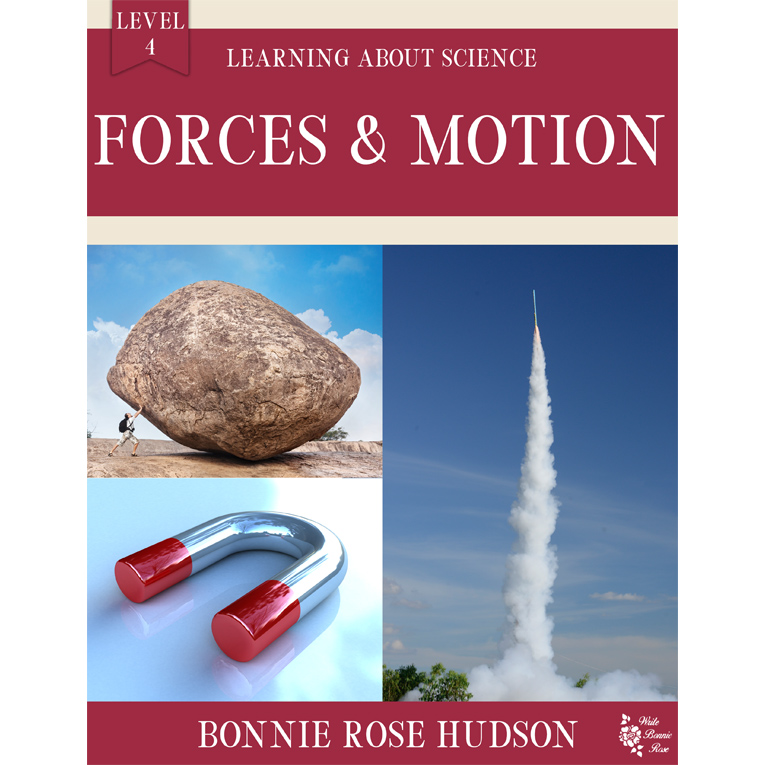
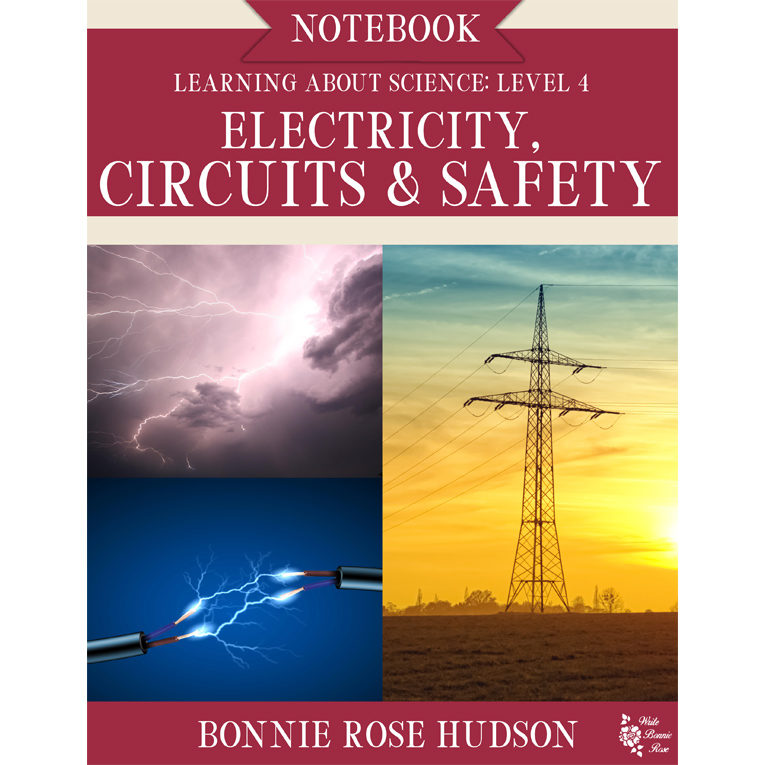
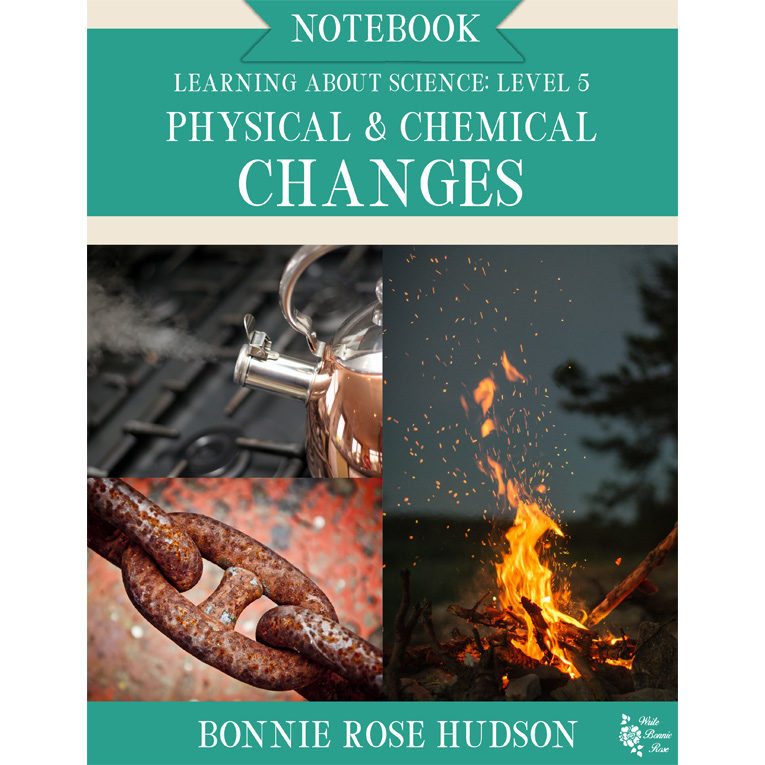
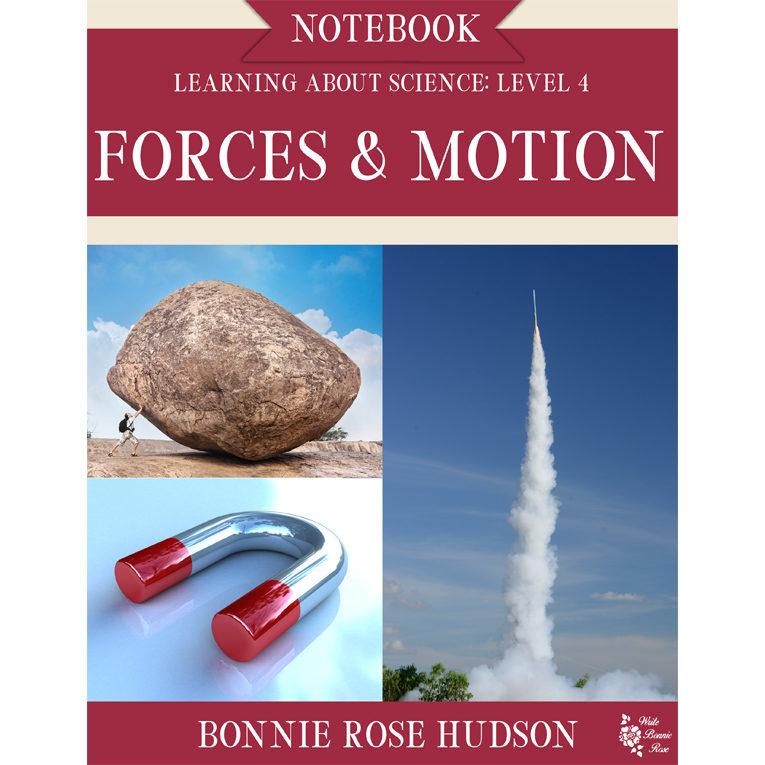
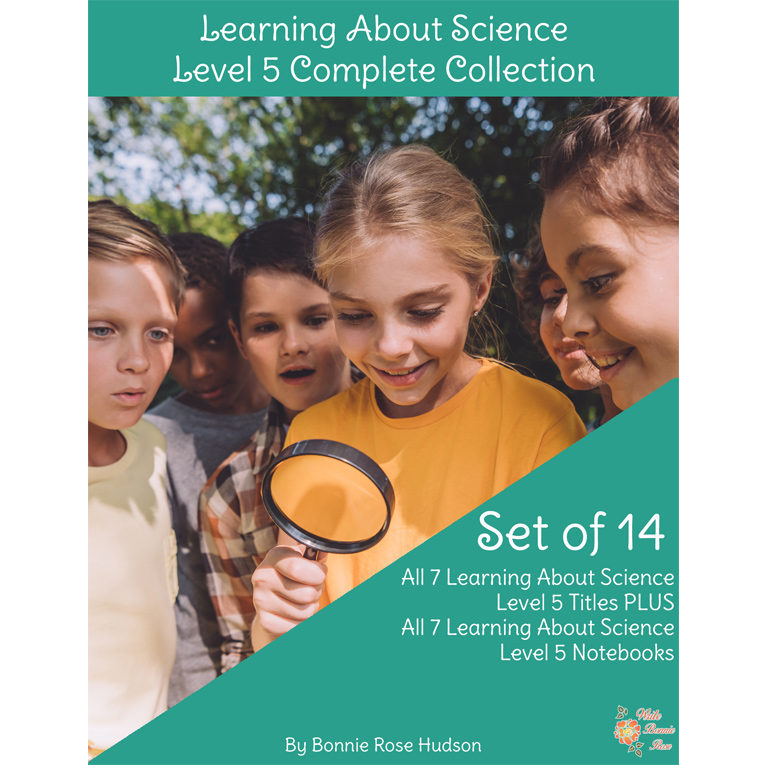
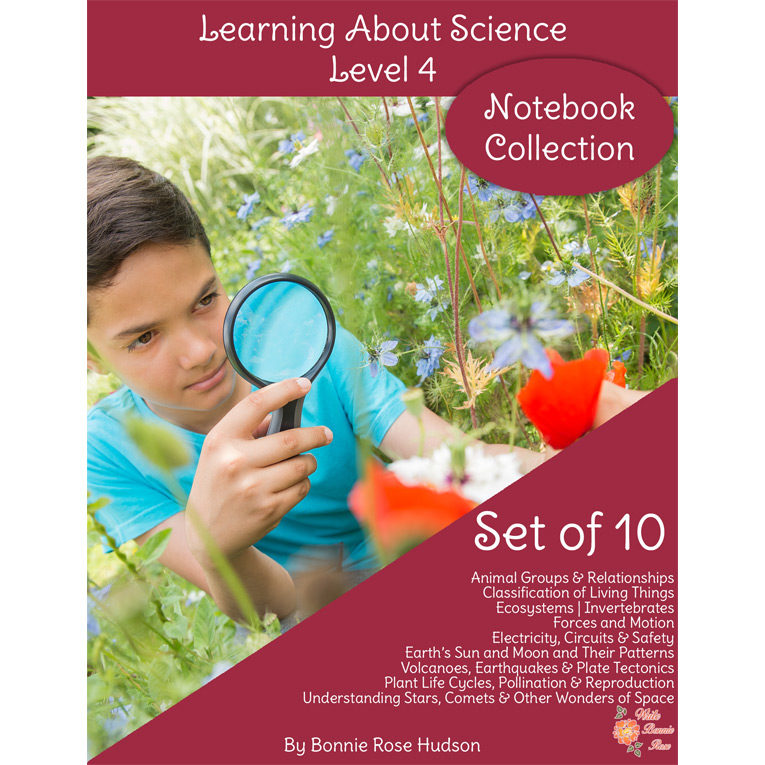
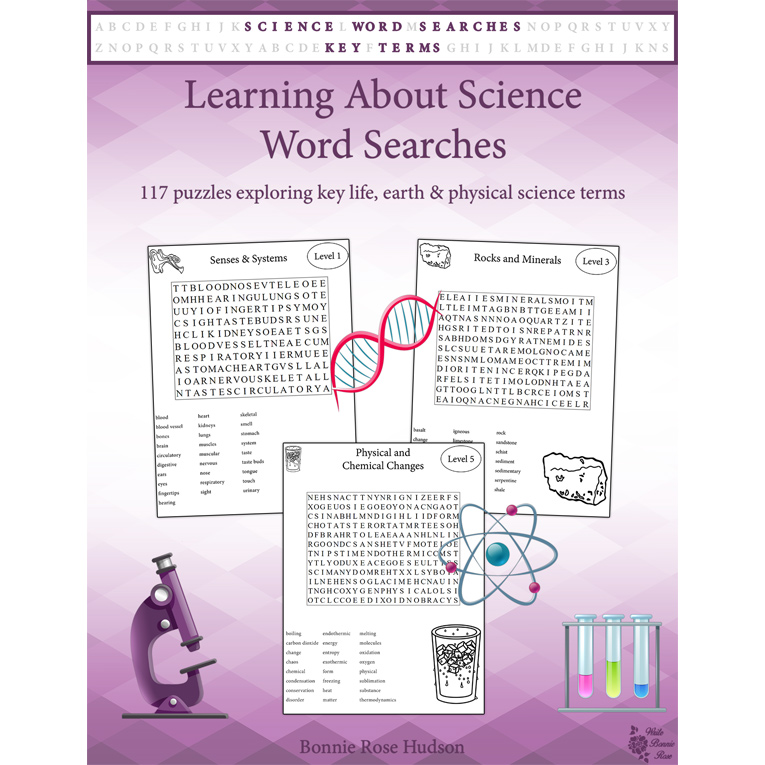
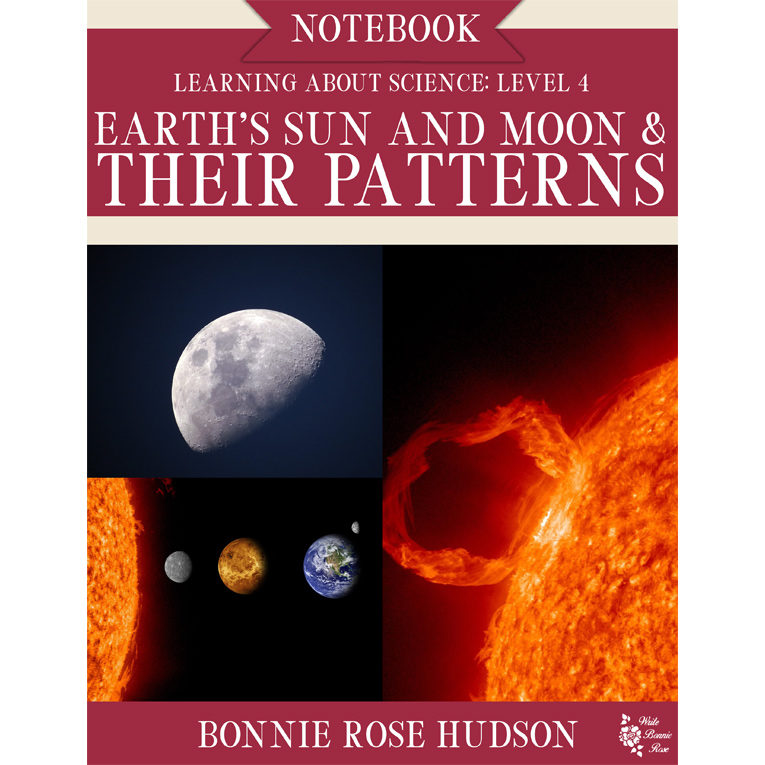
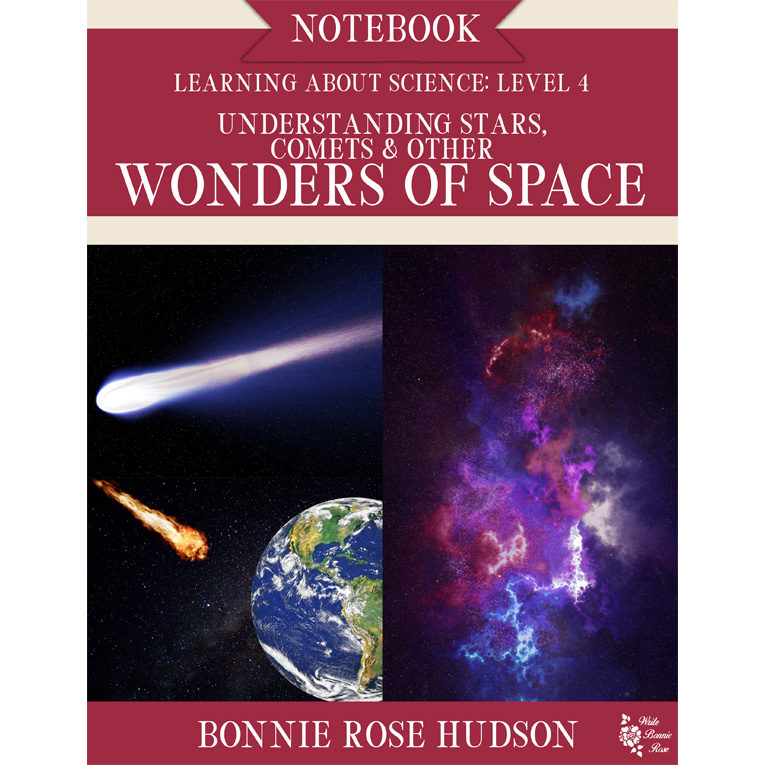
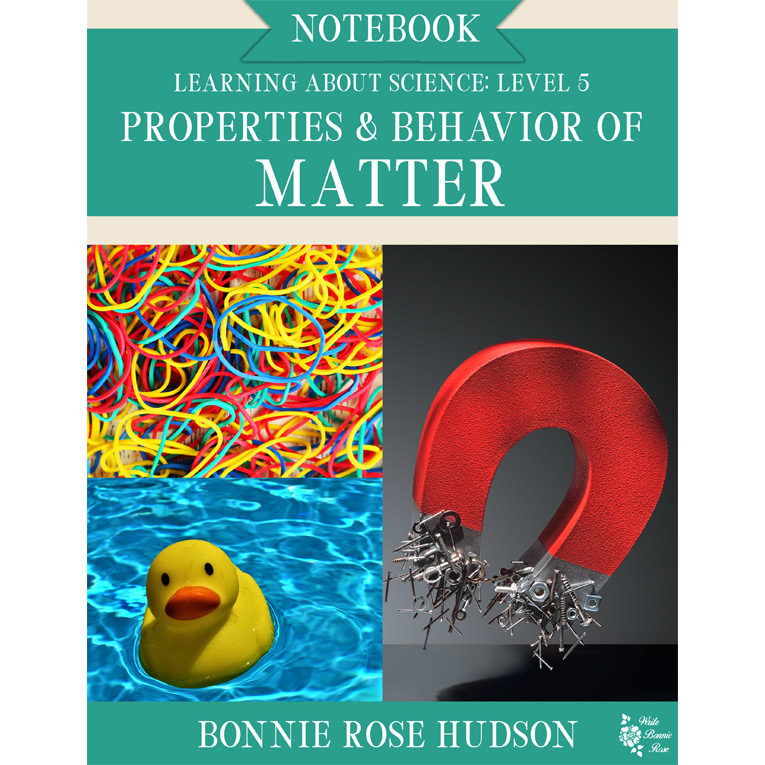
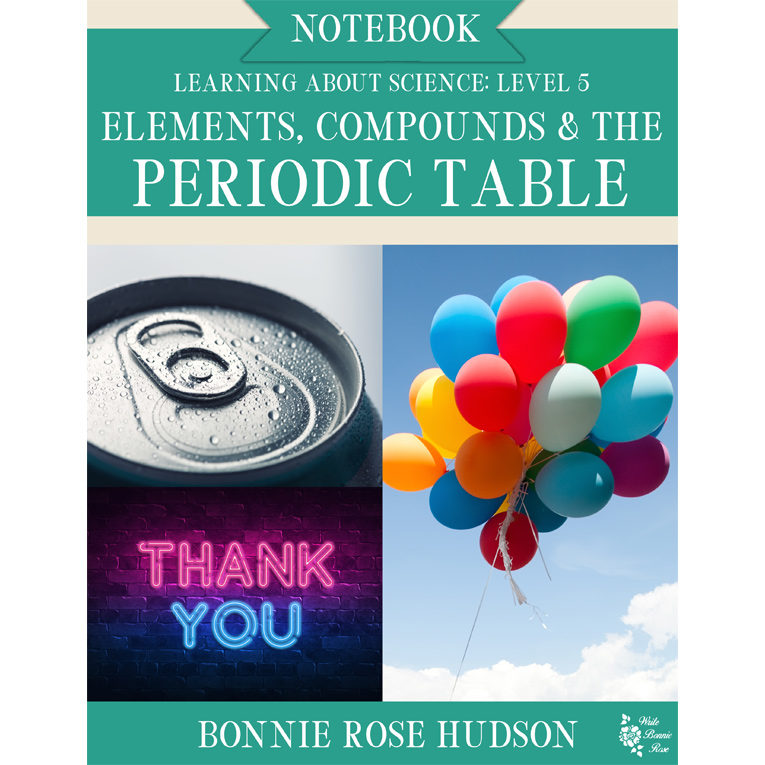
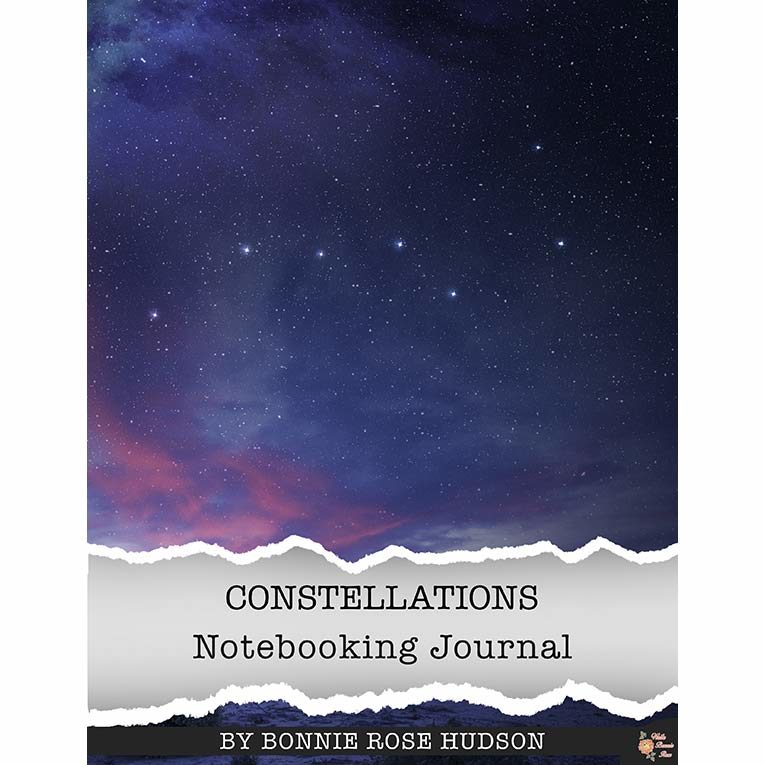
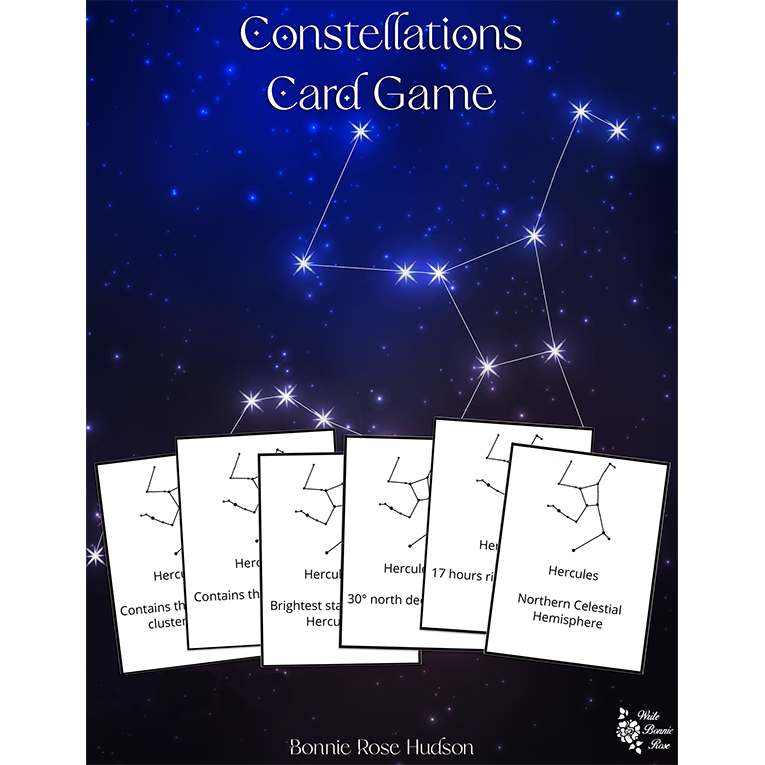
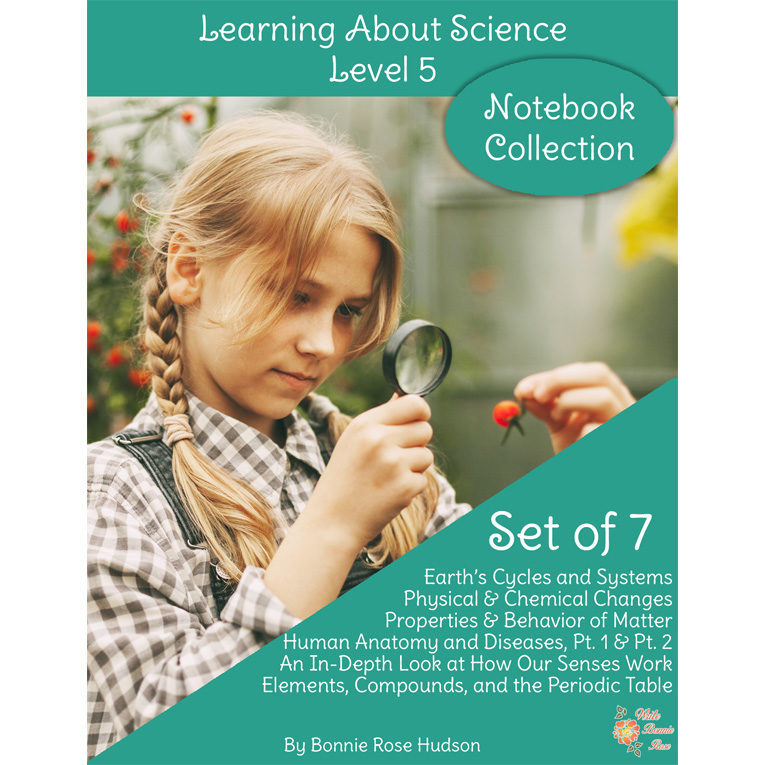
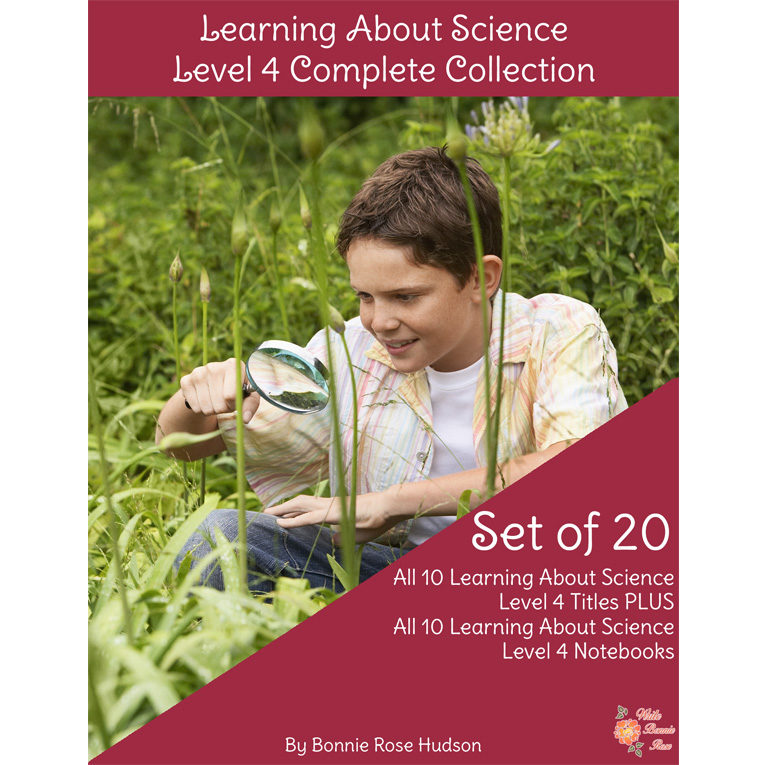
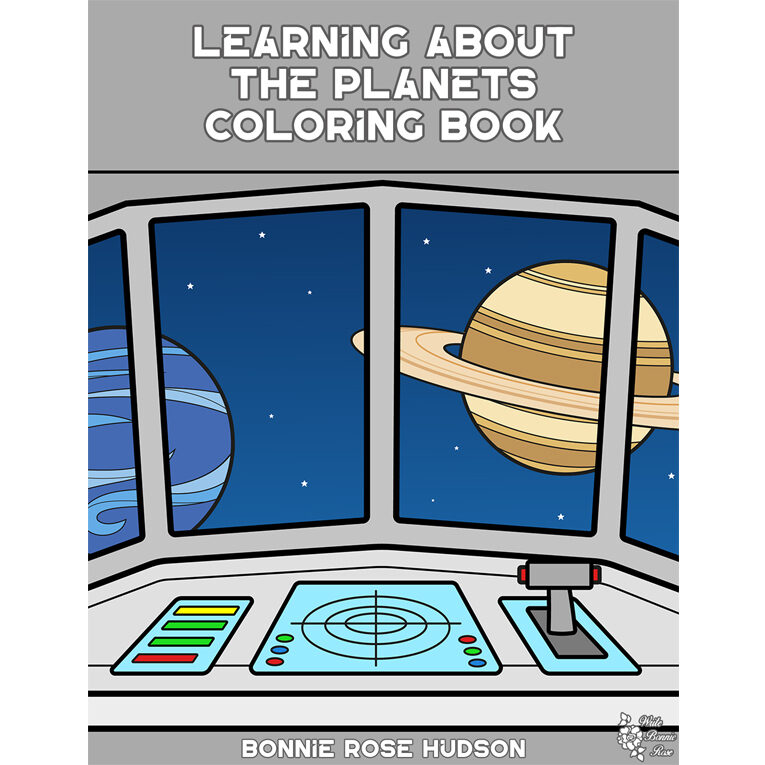
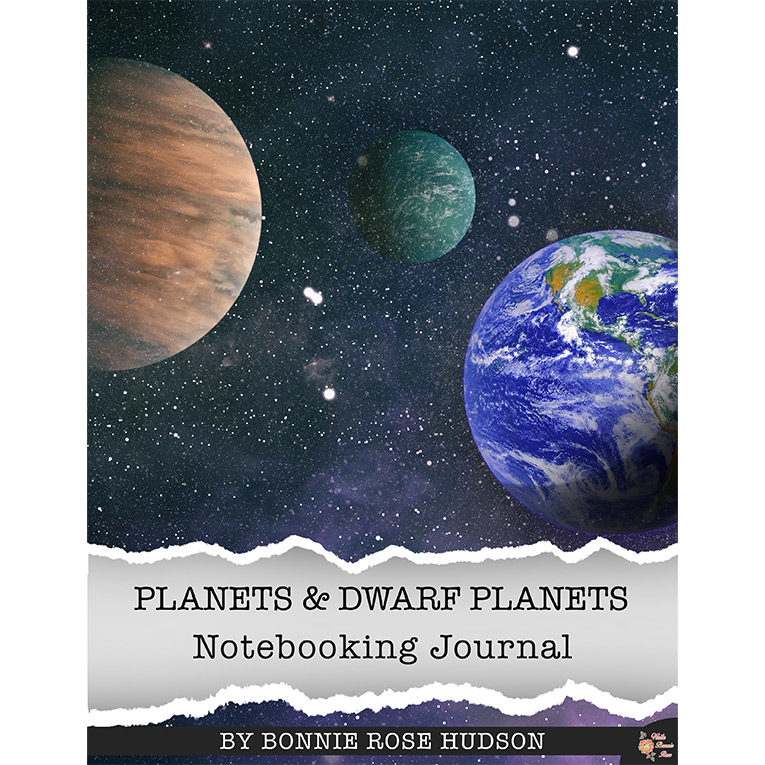
Reviews
There are no reviews yet.